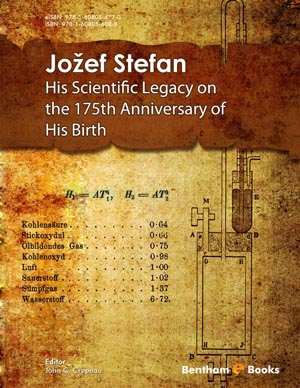Abstract
The novel of Orhan Pamuk, “The Red-Haired Woman,” describes the years
when Istanbul's urban development, change, and the transformation began thirty years
ago. This process is told through the story of the traumatic love that a high school
student, Cem experienced in the town of Öngören near Istanbul.
The Red-Haired Woman is a novel about the adventure of change, development,
transformation, urbanization, and architecture of Istanbul from a mega-city to a global
city. The novel contains rich themes: traditional building art/ contemporary building
art, suburbs /center, urbanization/ inability to urbanize, and East/ West localization/
globalization.
Infrastructure services, such as water, sewerage, roads, electricity, and social facilities,
are lacking in the regions of Istanbul that have not yet experienced the urbanization
process. People build their own houses according to the culture of the rural areas they
come from. The need for water is supplied from the wells drilled. Neighbors unite
among themselves and collect money and are looking for a well master to dig a well. In
the 1970s, when immigration accelerated in Istanbul, there was a high demand for
masters; they also trained many apprentices, and well-mastering was a lucrative branch
of the profession. Slums were wildly proliferating around industrial areas and factories.
On the other hand, well-mastering is one of the fields of construction that has been
around for thousands of years. In Istanbul, the masters of this ancient art used to bring
water to the districts without infrastructure. There were no opportunities to dig wells
with machines in those years. Well-mastering requires deep knowledge, intuition, and
patience. The master's knowledge and intuition of geology, knowledge of construction,
structure, materials, and shaping, as well as his relationship with his apprentices, were
part of his profession.
The author tells about the urbanization adventure of Istanbul through the drawn
structure, the lost traditional life and art of building slum areas, and the background of
the processes of adaptation to the city. With the rapidly disappearing traditional
architectural texture and urbanization of the suburbs, the antecedents of the process in the transformation of Istanbul into a megacity and then a global city are given with
clues in the first part, while the remarkable transformation of the city is shown with all
its consequences in the second.








